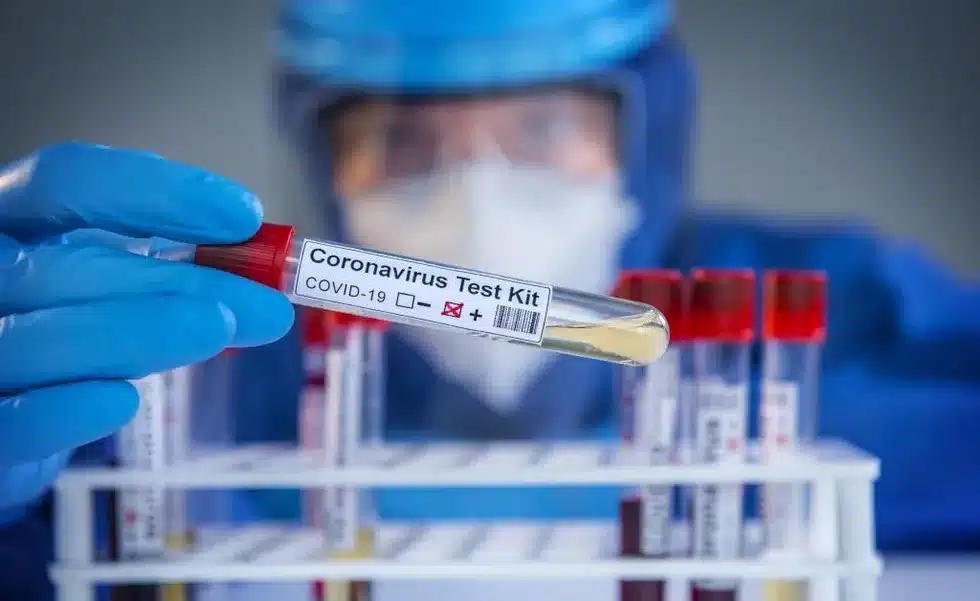About CoViNet
- It is a network of global laboratories with expertise in human, animal and environmental coronavirus surveillance.
- It will identify and monitor potentially novel coronaviruses that could emerge shortly.
- The network will now have animal health and environmental surveillance and timely risk assessment to feed WHO policies and protective measures.
- In low- and middle-income countries, CoViNet will support the building of more laboratories to monitor MERS-CoV and novel coronaviruses of public health importance.
- Data generated through CoViNet’s efforts will guide the work of WHO’s Technical Advisory Groups on Viral Evolution (TAG-VE) and Vaccine Composition (TAG-CO-VAC) and others, ensuring global health policies and tools are based on the latest scientific information.
- It currently comprises 36 laboratories from 21 countries in all six WHO regions.
- Three Indian laboratories namely; the Council of Scientific and Industrial Research-National Environmental Engineering Research Institute, the Indian Council of Medical Research-National Institute of Virology in Pune, and the Translational Health Science and Technology Institute are part of this network.
Key facts about World Health Organisation
- It was established in 1948, is a specialized agency of the United Nations that connects nations, partners and people to promote health, keep the world safe and serve the vulnerable – so everyone, everywhere can attain the highest level of health.
- The governance structure of the WHO is designed to support the implementation of its mandate and the achievement of its objectives. It includes:
- Membership: It currently has 194 member states.
- World Health Assembly (WHA): The highest decision-making body of WHO and comprises representatives from all member States.
- Secretariat: Responsible for carrying out the policies and programs approved by the WHA.
- Director-General: Director-General heads the WHA and is supported by a senior management team.
- Regional Offices: WHO also has six regional offices: Africa, the Americas, Southeast Asia, Europe, Eastern Mediterranean, and Western Pacific.
Q1) What is MERS?
It is a viral respiratory disease caused by the Middle East respiratory syndrome coronavirus (MERS‐CoV) that was first identified in Saudi Arabia in 2012.Coronaviruses are a large family of viruses that can cause diseases ranging from the common cold to Severe acute respiratory syndrome (SARS) and Coronavirus disease-2019.
Source: WHO launches ‘CoViNet’ — a global laboratory to monitor emerging coronaviruses
Last updated on January, 2026
→ Check out the latest UPSC Syllabus 2026 here.
→ Join Vajiram & Ravi’s Interview Guidance Programme for expert help to crack your final UPSC stage.
→ UPSC Mains Result 2025 is now out.
→ UPSC Notification 2026 is scheduled to be released on January 14, 2026.
→ UPSC Calendar 2026 has been released.
→ UPSC Prelims 2026 will be conducted on 24th May, 2026 & UPSC Mains 2026 will be conducted on 21st August 2026.
→ The UPSC Selection Process is of 3 stages-Prelims, Mains and Interview.
→ Prepare effectively with Vajiram & Ravi’s UPSC Prelims Test Series 2026 featuring full-length mock tests, detailed solutions, and performance analysis.
→ Enroll in Vajiram & Ravi’s UPSC Mains Test Series 2026 for structured answer writing practice, expert evaluation, and exam-oriented feedback.
→ Join Vajiram & Ravi’s Best UPSC Mentorship Program for personalized guidance, strategy planning, and one-to-one support from experienced mentors.
→ UPSC Result 2024 is released with latest UPSC Marksheet 2024. Check Now!
→ UPSC Toppers List 2024 is released now. Shakti Dubey is UPSC AIR 1 2024 Topper.
→ Also check Best UPSC Coaching in India

















